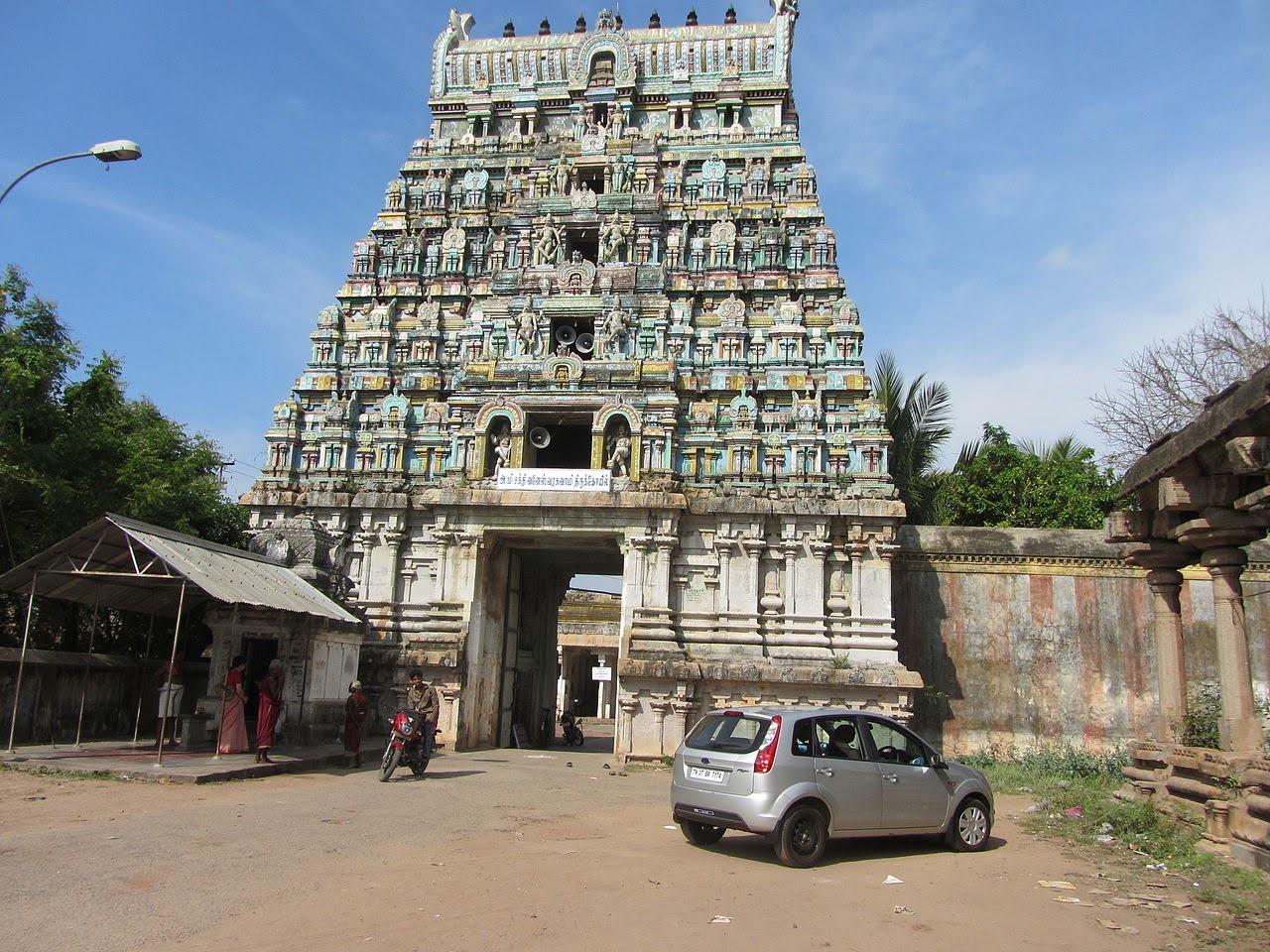Origin/History :-
The Shivakoluntheeswarar Temple in Thirusakthimutram is believed to have ancient origins, with its construction attributed to the Chola dynasty. The temple's architectural style suggests it was built during the later Chola period, likely around the 10th to 12th centuries CE, when the Cholas were actively building temples across Tamil Nadu.
This period was marked by the flourishing of Dravidian architecture, with intricate stone carvings and grand gopurams (gateway towers). The Chola kings were devout Shaivites, and many temples dedicated to Lord Shiva were constructed under their patronage. Although specific inscriptions linking the exact king to the temple's construction might be limited, the style and structure are indicative of the Chola influence.
Puranic Significance :-
- Lord Shiva and Goddess Parvati sought to demonstrate to the world that devotion is the key to salvation. To fulfill this, Goddess Parvati began worshipping Lord Shiva at Shakti Murmat, located near Surya Pushkarani Sula Theerth on the southern bank of the Kaveri River. Despite enduring a prolonged period without the appearance of Shiva, Parvati remained unwavering in her devotion. She performed severe penance, standing on one leg, as a symbol of her steadfastness and constant faith.
- To test her devotion, Lord Shiva manifested as a brilliant torch of flame. However, Parvati, recognizing the presence of Shiva within the fire, embraced it. Her deep love and devotion made the flames cool, calming the fiery aspect of Shiva. This sacred story from the history of the temple teaches an important lesson to couples: even when life's challenges burn as fiercely as fire, they should be overcome with mutual love and understanding.
- This narrative highlights the deep bond between Shiva and Parvati and offers a timeless lesson about devotion, perseverance, and the power of love in overcoming life's trials.
